Advantages and Disadvantages of TreesIf you want to make your backyard more attractive, provide shade during the summer, or create a privacy screen to keep prying eyes away from your garden, you might decide to plant a tree. However, the actual advantages - or disadvantages - last very long. For both people and the environment, trees are essential. Numerous studies have shown how the presence of trees and urban nature can enhance people's physical and mental health, children's focus and test scores, property values in a neighborhood, and more. Trees also cool our urban areas. 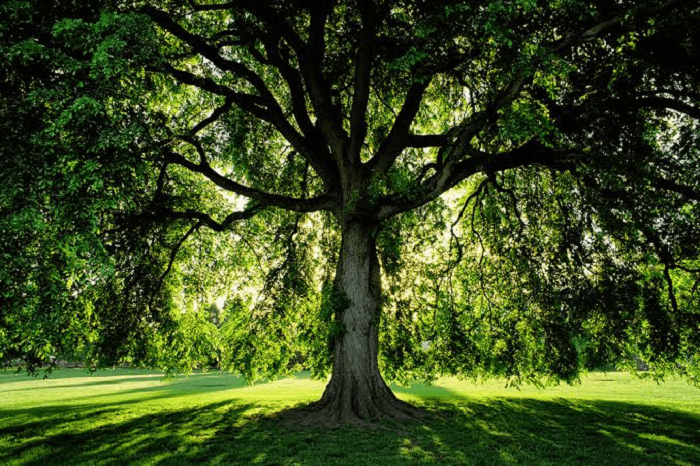
Healthy communities and populations depend on trees. 15 of the 17 UN Sustainable Development Goals, which enjoy international support, can be achieved by cities and nations with the help of trees. In our collective efforts to achieve these sustainability goals, project managers and civic leaders should consider trees an important factor. While there are clear benefits to planting trees, there can also be significant drawbacks if tree selection and upkeep are not made carefully. Continue reading to learn more about the advantages and disadvantages of planting trees. Advantages of Trees Planting1. They Provide Never-Ending Beauty 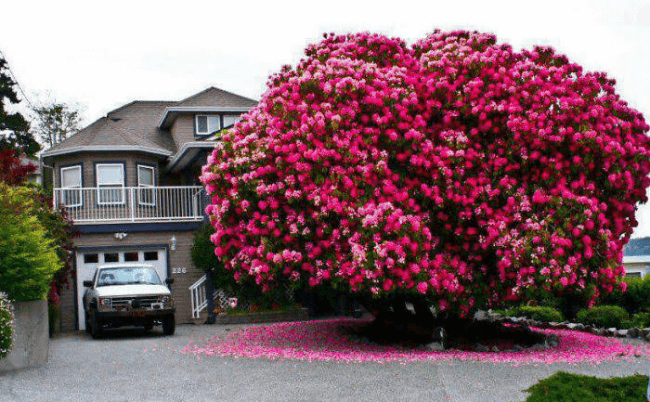
Simply take a drive around the neighbourhood if you're ever looking for motivation to plant a tree. The streets with trees in them feel safer, happier, and healthier than those with only cement sidewalks and parked cars, so take a look up and down the avenues and observe this for yourself. They offer infinite beauty. We plant trees mainly for their tranquil beauty, which is one of our main motivations They offer a connection to nature and shade during the hot summer months. Stress can be lessened by the colour green, and fruit or flowering trees add more visual interest. One of the many benefits of planting trees, however, is not just enhancing the appearance of your yard or neighborhood. 2. Trees Are Beneficial To The Environment 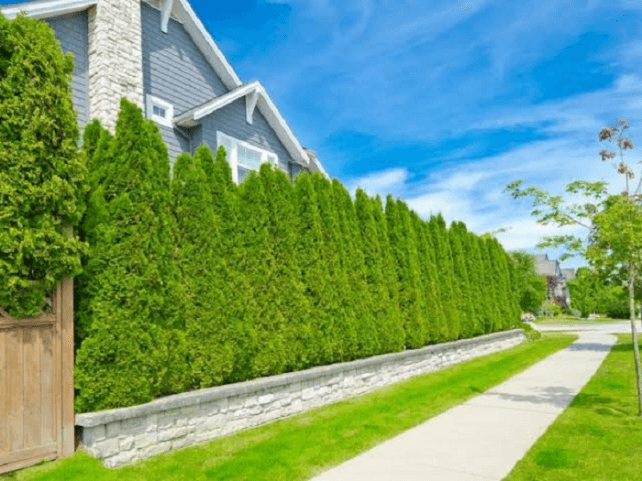
Trees are beneficial to the environment. Planting trees also contributes to making the world a better place. Appropriately planted trees can help to reduce noise pollution by blocking sound waves, which can reduce noise by up to 40%. By obstructing sunlight, they lower air temperature and act as a natural air conditioner as water evaporates from the leaf surfaces, taking heat energy out of the air. 3. They Contribute To The Reduction Of Pollution 
They contribute to the reduction of pollution. The fact that trees trap smoke, pollen, and other airborne contaminants is another benefit of planting trees. On the sheltered side of a tree, pollution is greatly diminished. Furthermore, they assist in reducing runoff from the surface. Trees improve the quality of the air. The ability of trees to help with climate change by reducing the greenhouse effect is one of the most important benefits of tree planting in these troubled times. Carbon dioxide, sulfur dioxide, and carbon monoxide are just a few of the air pollutants that trees can absorb. They give off oxygen in exchange (which we need to breathe). The amounts in question are significant. A large, healthy tree can absorb and store 13 pounds of carbon each year, compared to the 20 pounds of carbon dioxide produced by burning one gallon of gasoline. This indicates that an acre of trees removes 2.6 tonnes of carbon dioxide. 4. Boost Our Mental and Physical Health 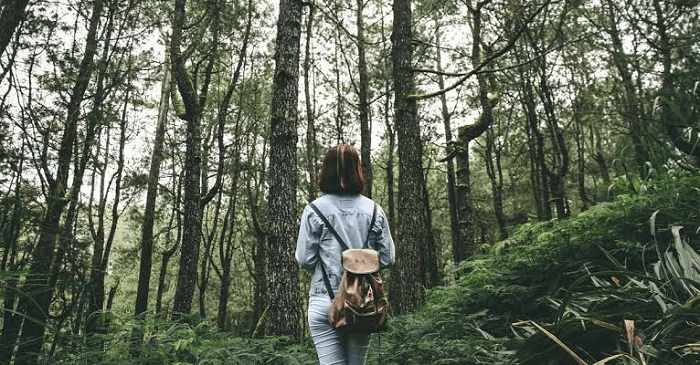
Our physical and mental health are both improved by trees. A healthy tree can result in you and I being healthy. According to a TNC scientist's study, spending time in nature, such as taking a stroll through a city park's trees, is associated with lower levels of anxiety and depression. The good news is that these calming effects can be felt almost immediately when one is in nature. You may have felt the advantages of a quick hike or walk around your neighborhood. For good reason, we are drawn to green spaces. The nearby green space's ability to motivate us to move around and exercise also helps us maintain better physical health. Nature can aid in reducing obesity rates because it encourages us to move more when we have access to trees and parks. 5. The Wildlife We Love Finds a Home In Trees 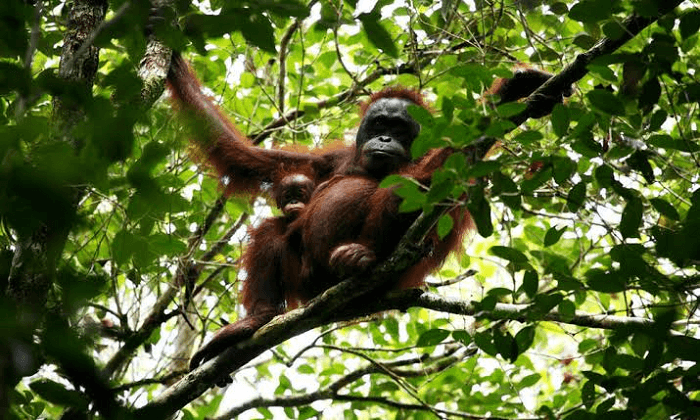
Many of us can observe from our windows how much our feathered and furry neighbors delight in their "high-rise apartments." Numerous species can find a home in even a single tree. Even more can be accomplished when a forest is left unaltered, including creating some of the planet's most complex and resilient food webs. Old-growth forests, which are the most important to preserve, provide habitat for animals both below ground and above their tree canopies, as well as in all of these places. So many diverse species can flourish in one area because of all of these different types of habitats. 6. Trees Can Improve and Even Save Your Life 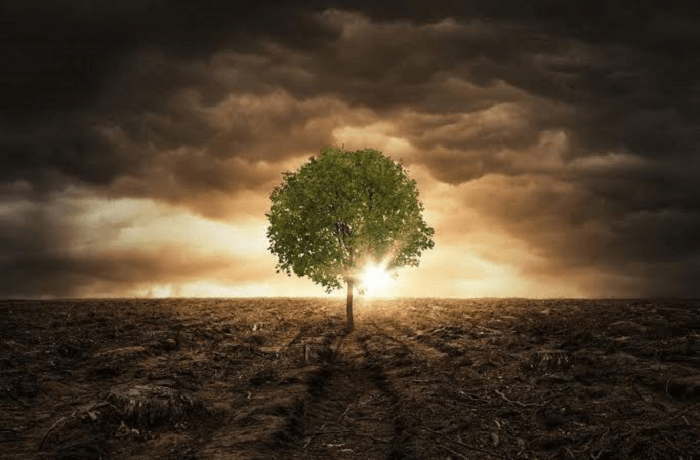
Trees provide shade for all of us, which is a good thing! Climate change is causing temperatures to rise and heat waves to last longer. Some areas are more affected by the heat than others. Pavement-heavy neighbourhoods absorb more heat and can be five to eight degrees hotter than surrounding areas. These areas are also hotter later in the night, which is bad for our health. Enter our leafy, branchy neighbours. The shade of a tree acts as natural air conditioning and can even help to reduce the energy costs of our actual air conditioning systems, which are increasingly working overtime. 7. Trees Filters Water 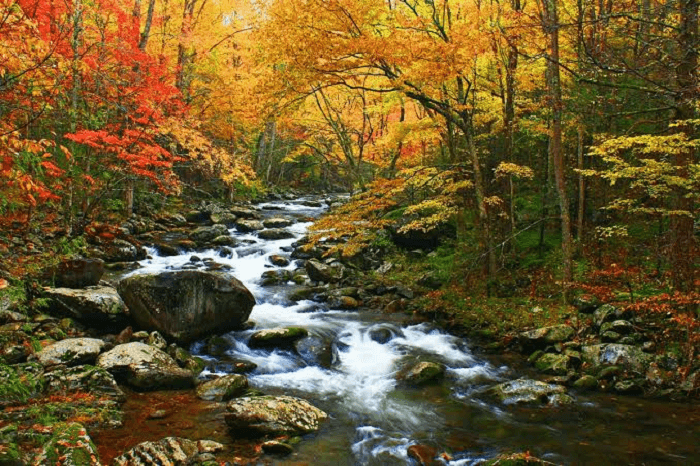
Trees filter the water, making it cleaner and more dependable. Forests accomplish this by filtering pollutants and sediments from rainfall and slowly releasing the water back into streams and underground aquifers. Because of trees, this naturally cleaner water is easier and less expensive to treat before it reaches your tap. The water supply is also more stable because all of the rainwater did not immediately end up in a river, but instead seeped through these natural filters over time. 8. Trees Provide a Stable Source of Income For Families 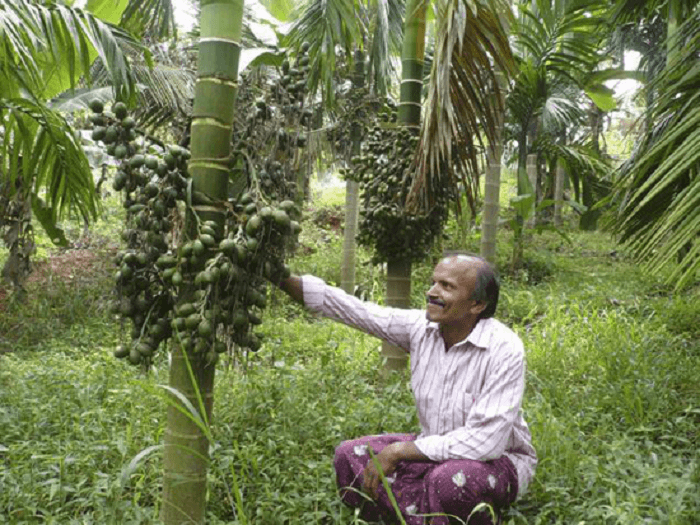
That's all there is to it. One of the most significant advantages of tree planting is the employment it generates. Thousands of work hours are generated when people are hired to plant and care for trees. The work of planting a tree does not end when you plant a seed. Trees are frequently planted in developing countries where a steady income can be difficult to come by. Good work enables locals to escape poverty, obtain an education, and even purchase basic necessities (such as food and clothing) that they could not previously justify. Disadvantages of TreesOf course, trees are wonderful; everyone adores these magnificent plants. But that doesn't mean there aren't any disadvantages to planting trees in your yard or garden or that trees are appropriate for every location. There are several compelling reasons why you should reconsider planting a new tree in favor of shrubs or flower beds. Costs, effort, maintenance, and space limitations are just a few drawbacks of tree planting. Yes, trees are beautiful and provide shade, but they can also be a real pain. Here are some very real issues with tree planting that you don't want to deal with: 1. Trees Are Expensive 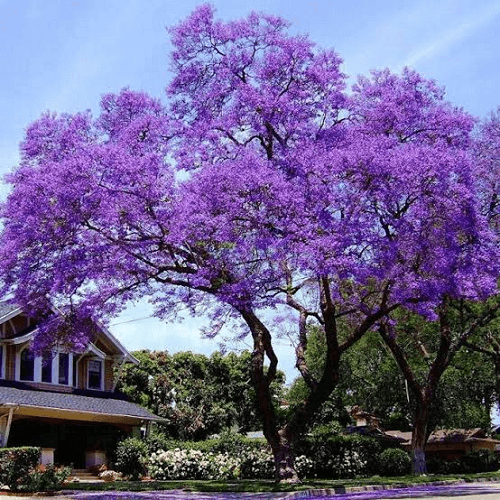
A tree is expensive compared to a small, compact shrub or some native perennials. If you are having a landscaping company instal them, plan to spend up to Rs. 2000 per one in addition to any additional fees. The price of mature trees is higher than that of young ones. 2. Uncontrolled Root Growth 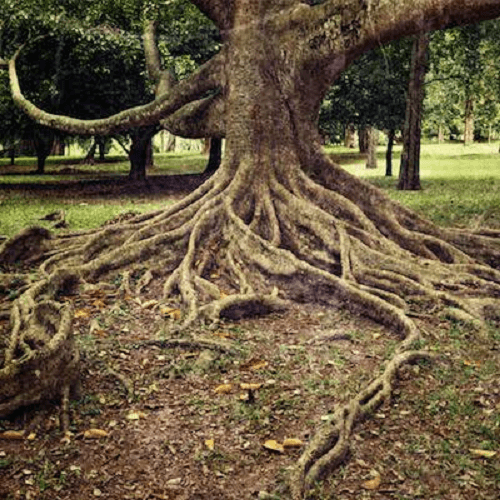
The tree roots may obstruct other items on or near your property as they spread out. Thus, it is essential to keep trees at a safe distance from the house and other buildings. Many tree root systems grow downward, which may reduce damage to your property, but pipe installation needs to be considered. Given that roots are attracted to water, if there is a leaky pipe close to your home, they will undergo positive hydrotropism and move closer to the pipe as they grow until they cause damage. 3. Rodents And Pests Love Trees 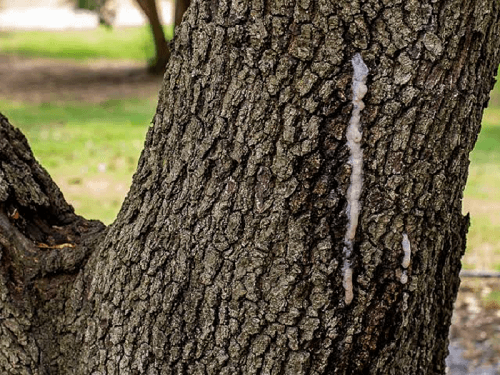
The ecological benefits of trees are enjoyed by gnats and rodents. Even though healthier woods still draw them, bugs prefer rotting trees, including those with such old trunks.bAdditionally, the likelihood of bugs infiltrating your home increases with the proximity of the trees to your home. Rodents may even use trees to enter windows and openings. Planting trees offers wild animals and thieves camouflage. A forest can appear if trees are rooted in one spot. This could serve as a hideout for coyotes. Once more, it provides thieves with sufficient cover to follow you and attack you when you are weak. |
 For Videos Join Our Youtube Channel: Join Now
For Videos Join Our Youtube Channel: Join Now
Feedback
- Send your Feedback to [email protected]
Help Others, Please Share










